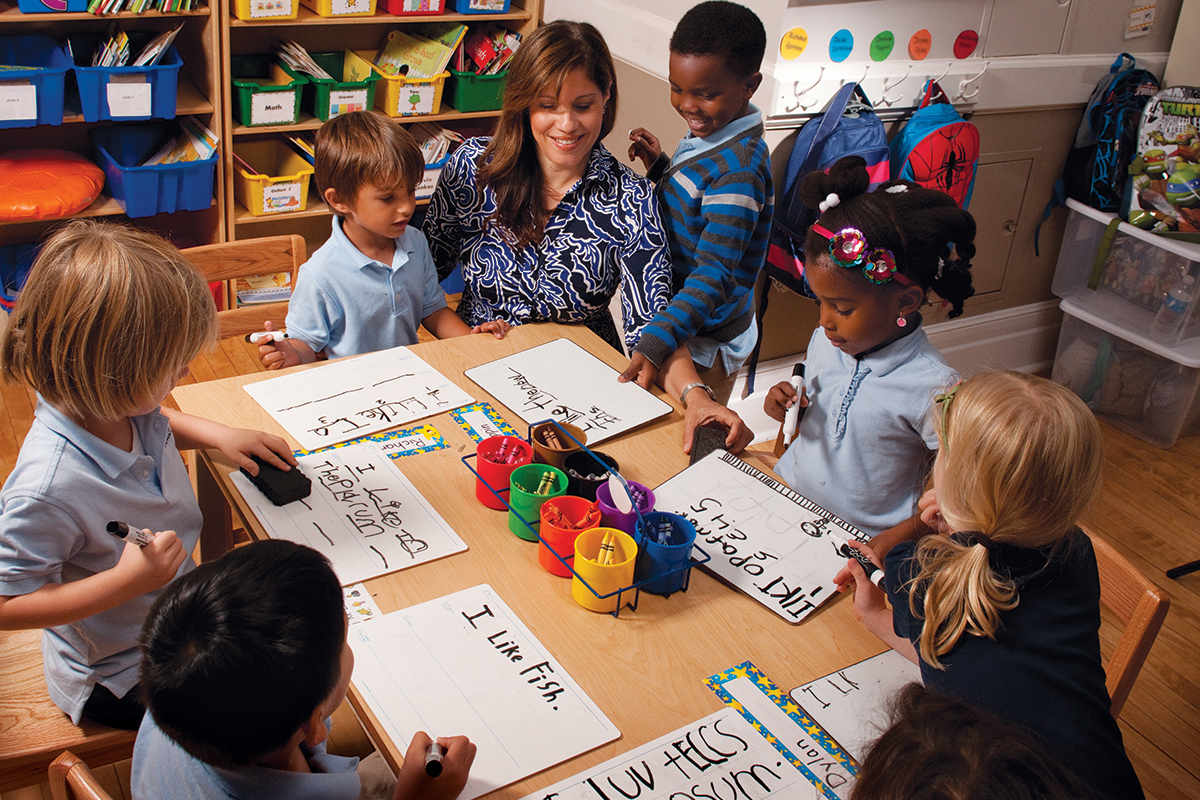Brain Based Approaches to Learning
There are many strong applications of research into psychology, cognitive, and neuroscience, one of which being the Brain-Based Approach to Learning. This allows the heft examining on how the brain works to create a new set of guiding principles for learning, teaching, and education.
2. All levels of learning involve the mind and body.
Brain-Based Learning is the apotheosis of learning in relation to student learning and learning outcomes from the perspective of the human brain. These compromise specific strategies for learning based on human attention, memory, motivation, and conceptual knowledge acquisition works ( ).
Memory and learning are inseparable concepts in education. Memory influences learning, at the same time, Learning influences memory (Harerimana Jean). Brain-Based Learning can hone learning holistically. When an educator can understand how the brain works, They are better equipped to assist students in various ways. Such being aiding to focus their attention, which increases their retention.
This learning method draws attention to several different fields:
- Psychology
- Technology
- Neurology.
Teachers understanding this concept can:
- Keep diverse learner engaged
- Create a rich learning environment
- Give more valuable feedback that leads to an in-depth understanding
A brain-based approach does not necessarily include intelligence testing, aptitude testing, or standardized testing.
Brain-Based Learning Goals and Outcomes
- Maximize the learning potential of a student
- Minimize learning losses and wasted effort
- Hijack known mechanisms to improve skills, knowledge-base, memory, and mental flexibility
- Create verifiable improvements in learning and make people smarter (for lack of a better word).
- Improve the productivity of students and teachers
There are many strategies on Brain-Based Learning that can be used to boost retention, focus, and learning in the science classroom.
1.Creating a teaching space that arouses all of the student's senses.
In the classroom, appealing to students' various senses peak interest in learning. For example, visual aids surrounding the classroom that are "bright and fun." Or a science lesson in which they can see a simulation of a rainforest, and they are allowed to bring stuffed toy animals or small figurines to place in or that would be found in the rainforest. The Solar system Planets, where students are engaged in the creation of this model using clay, or they can feel the surfaces of the land and compare them to things in nature, etc. They can go on trips around the classroom or schoolyard to learn more about the rainforest, or nature.
There are also ways to involve their auditory sense, smell, and even taste.
Whenever an individual acquires new information or has a meaningful experience, the brain will undergo a physiological change. This process is referred to as neural plasticity. This physiological change includes small strands (dendrites) to sprout and over time, groups of these strands combine to create stronger structures that are called synapses. When learning experiences are repeated neural pathways become stronger and learning has a physical as well mental impact on the brain.
Students learn better when they are given the opportunity to combine physical and mental activity. They can become bored and lose focus when they sit all day, which is why it's important to keep them active. Incorporating physical activity into lessons allows for this learning to happen. For example, when teaching students about kinetic energy, allow for kinesthetic learning to happen. Students can move by jumping up and down, walking slowly from one place to the next, or running. This is also applicable when teaching about matter at higher levels. Having students stand according to their state and try to move within their molecular spaces.
3.Emotions are vital to patterning
Whenever learning takes place, there's an emotional response. This is considered one of the strongest implications of brain-based learning. This means that the classroom is actually an emotional place. This may not pertain directly to a science lesson, but encouraging positive attitudes in the classroom builds the desirable environment to help students learn.
Teachers need to use materials that draw students into learning because it's attractively presented to them and inviting way. This is why we sometimes see different attitudes and willingness to work in different subject areas, especially if there are different teachers for such.
4.Stimulate social skills to improve the experience.
Students retain a better understanding of a concept when they utilize their social skills. Set up workgroups around the room for discussion. When students talk about concepts they’ve learned, they’re more likely to retain the information. This strategy can be implemented as a warm-up activity, during class discussions, or as a closing, activity to round out the day. By letting your students discuss their ideas, you’re giving them a chance to describe what they’ve learned in their own words and helping them explain their thoughts to their classmates.
Brain-based learning allows for eliminating barriers and allowing the mind to work without distractions. Learning is not a foreign concept – it comes naturally.
by Renessa John
For Further Reading :

Comments
Post a Comment